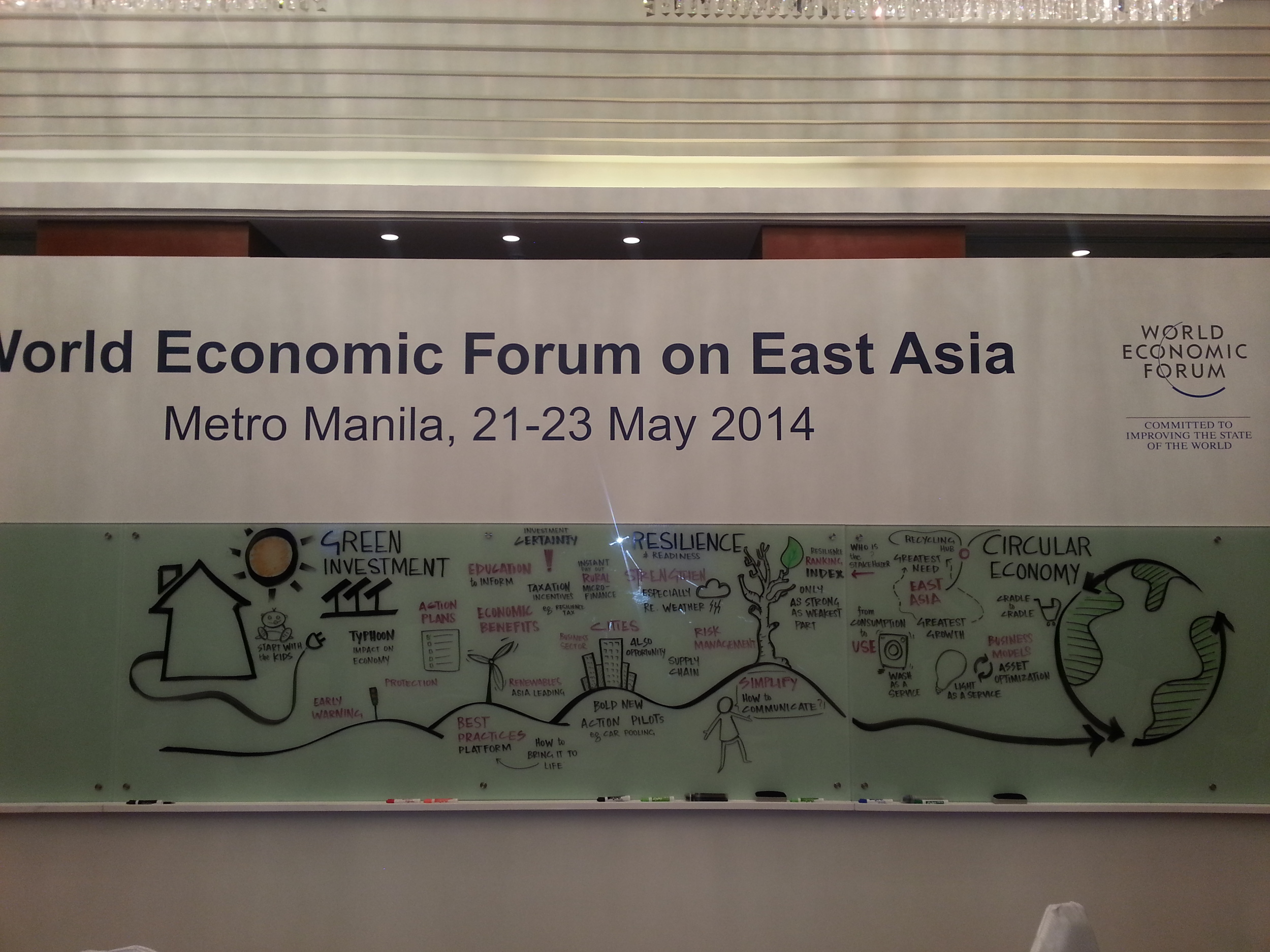An optimistic bunch, there was general consensus that incentives are lining up – climate adaptation is smart business.
But do finance and policy advisors have the information they need to make decisions in the long-term interests of their shareholders and the public?
Three key questions emerged from the conversation, along with several sub issues:
First, are there maps of climate risk to analyze, adaptation tools that resolve climate risk, and a known set of adaptation projects to use as best practice and to seed the resilience investment pipeline? Several insurance leaders noted that there are existing vectors of risk that the industry uses that are helpful for pricing climate risk.
At the same time, part of making the environment for investment stable is having a clear awareness of the measure of progress the investment will cause. An initial step is to “weatherize data” showing what the impact of weather is on parts of the economy. With these short term impacts explained, then it is important to build measurement models to extrapolate into the future. The customization of predictive risk data is the next frontier in adaptation investments.
These tools will be most useful when delivered along with narratives about best practice. Several finance-industry adaptation project examples were shared, including a Nature Conservancy project that is allowing the Government of the Seychelles to swap some of its debt for climate adaptation projects and a Swiss Re project offering small holder crop insurance against drought and floods in Ethiopia.
Second, should the investment industry be focused just on increasing resilient investments – that is investments focused on adaptation projects – or should they also care about increasing the resilience of projects, that is the multi-trillion dollars of investments funded globally? The focus of these investment leaders was generally on the latter.
Especially since insurance experts use a back-of-the-envelope calculation that basic productivity for a business needs to be restored within 2 weeks (as long as a typical business can stay afloat with no revenue) and full productivity in three months (which is tied to a timeline of when insurance pays for unrecoverable losses), it seems the resilience of all projects is imperative for the markets. Understanding the local context of the physical changes caused by climate change for market sectors is complex, and private sector leaders are focused not just on the physical risks from climate changes, but also the social risks to their workforce and markets. These human factors are often related not just to the company, but also the communities within which they do business. Thus, resilience is today’s problem of the commons. Of course, another major insurance issue is that only about 30% of extreme risk loss is insured around the world.
Third, what is the roles for the US Government in increasing the finance industry’s engagement with resilience? While it was acknowledged that resilience is generally a shareholder issue, (vs. national security which is a government issue), and the private sector owns and operate a significant majority of infrastructure in the world, it was agreed there is a significant role for government. For instance, participants recommended that climate science risk be baked into codes and standards to motivate the private sector, since the general rule of thumb is that one dollar spent in risk mitigation saves four dollars in the future on recovery.
But the major issue is that the US government is the insurer of last resort, based on the Stafford Act, allowing developers to operate with the knowledge that if you invest now without paying any premium for future risk mitigation, the federal government (in the form of FEMA, the Federal Emergency Management Agency) will ultimately pay for damages incurred that are beyond the capacity of the private insurance market. Repealing the Stafford Act would transform the industry’s viewpoint on climate risk.
Another recommendation for the government was to promulgate and enforce disclosure requirements for both acute and chronic types of risks. Tax incentives or rebates could help ensure compliance with a Securities and Exchange Commission asset level climate risk disclosure. Ultimately, the group agreed that the private sector takes on risks that it wants to take on, designing, building and repairing – all crucial to resilience. But the private sector is not going to choose to invest in what they cannot control - regulatory change.
This is a crucial role for the US Government. Finance leaders will always innovate to get the most out of the market, and policy leaders can help make sure these decisions are in the long-term interests of the public with regulatory innovation.








 An edifying conversation with Tom Herbstein, programme manager for the
An edifying conversation with Tom Herbstein, programme manager for the 